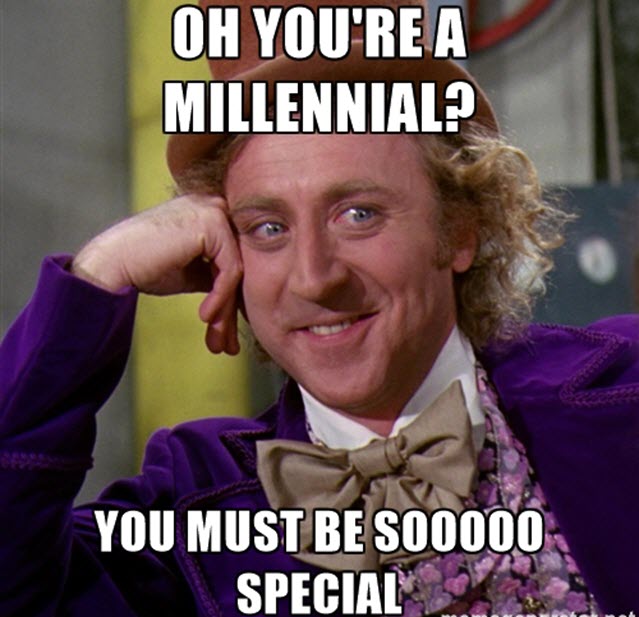
While B2C organizations were forced to adapt to the changing face of the marketplace years ago, now a healthy percentage of B2B buyers are actually millennials. As a B2B marketer, do you know how to effectively market to millennial buyers and their distinct preferences?
The Changing Face of B2B
Whereas in 2012, millennials accounted for just 27 percent of the B2B research demographic, they now account for roughly half of all researchers and buyers. That’s a growth rate of over 70 percent in just three or four years. To remain competitive and successfully target this burgeoning demographic, here are some tips to think about:
No.1: Focus on Relationships
Millennials have grown up in a world that’s personally tailored to their needs and preferences. This has largely been perpetuated by technology and mobile devices, which allow users to change virtually any feature they want. As a result, they’ve grown to expect personalization in other areas of life – including business.
Instead of using old marketing tricks that cast a wide net and hope to capture a handful of leads, you should begin focusing on relationship building. “They want to feel connected to the marketer, whether through social media or through the personality that’s used in advertisements,” says Green Residential, a property management company that frequently works with millennials. “All in all, if you want to market effectively to this group, you’ll need a social connection and a creative plan.
Thanks to WebCEO’s Social Media Analytics tools, you’ll easily track your social mentions, analyze your social media traffic and see how well your content works for you on social medias.
No.2: Understand the Affirmation Process
While B2C buyers tend to make their own purchase decisions after referencing online reviews, social media, and other elements of social proof, the B2B millennial buyer is different. Contrary to popular belief, millennials do value the opinions of others in their organizations.
“We B2B millennials greatly value the input of thought leaders and colleagues that we respect,” says content marketer Tarah Speck. “We will likely pull several other influencers into the dialogue, and enter into a collaborative process before making the final purchase decision for a B2B solution for our company.” For B2B marketers, this means you can’t totally isolate B2B buyers from their organizations or industry connections.
No.3: Millennials Love Simplicity
It may seem strange for a generation that’s incredibly adept at multitasking, but millennials actually love simplicity. They crave simple websites and landing pages, streamlined navigation, and easy-to-use interfaces. Busy landing pages, popup advertisements, auto-play videos, and other “surprising elements” don’t perform particularly well with this group.
When in doubt, choose a simple marketing tactic over a more complex one. It’ll resonate much better with these tech-savvy buyers and leave them with a more positive impression of your brand.
No.4: Accessibility is Important
Millennials are everywhere. They’re scrolling through social networks, browsing blogs, watching clips on YouTube, texting, emailing, and more. If you want to reach millennials, you need to reach them where they are: everywhere.
An isolated approach won’t work. You need to develop information that’s easily accessible and digestible across multiple mediums and platforms. Not only does this increase the chances that a millennial target will be engaged, but it also makes it more likely that they’ll be exposed to the same messaging in multiple places, which obviously reinforces your message.
Reaching the B2B Millennial
The differences between millennial B2B customers and previous generations is often overstated, but you shouldn’t underestimate the importance of developing a strategic approach. Millennials have their own preferences, characteristics, and nuances. Your ability to identify these traits and leverage relevant tactics will result in higher conversion rates and more sales. Keep these tips in mind as you proceed.


